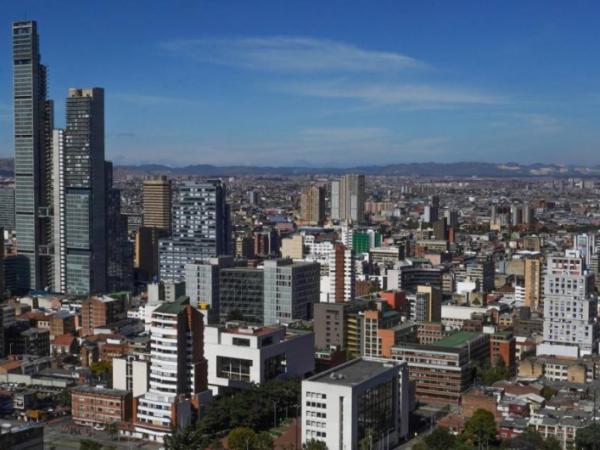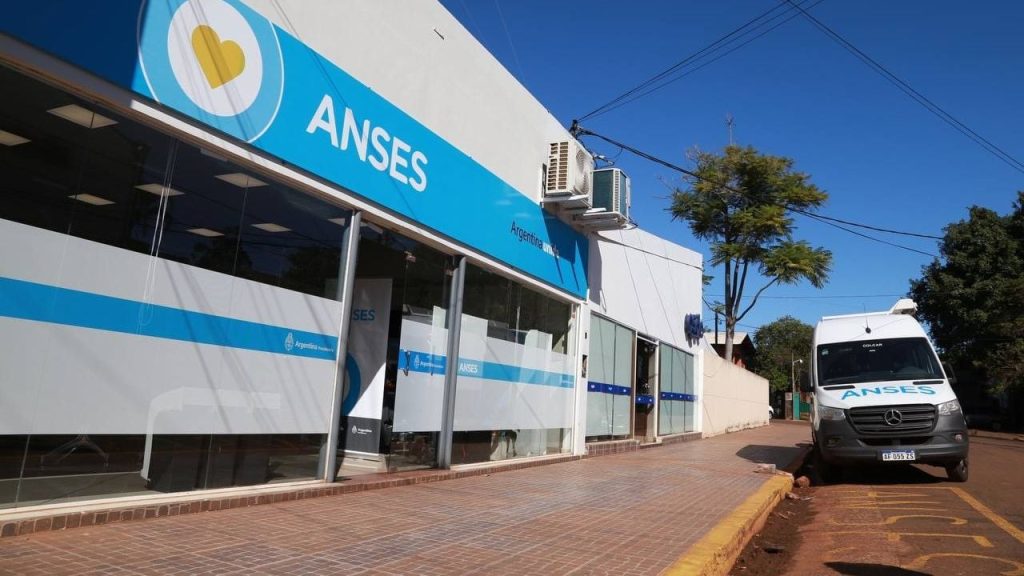In 14 countries in Latin America and the Caribbean, including Brazil, 75% of journalists know of at least one case of gender-based violence against colleagues or have reported incidents against themselves. Despite this high proportion, most media outlets (57%) do not have protocols to help prevent incidents of physical or moral aggression and sexual harassment, or to guide action when an incident occurs.
The data comes from the research “Media without Violence: the urgency of policies to address and prevent violence”, carried out by the Asociación Civil Comunicación para la Igualdad de Argentina, with support from the Federation of Journalists of Latin America and the Caribbean (FEPALC) and the United Nations Educational, Scientific and Cultural Organization (UNESCO).
Embarrassment
The study recorded 96 cases of gender-based violence. Psychological and verbal harassment is the most common form of violence, with 65.5% of episodes recalled by journalists who participated in the survey. There are reports of sexual harassment (28%); digital harassment (21%); mistreatment (19%); physical aggression (12.5%) and some form of economic violence (5%).
Almost half of the violence incidents (48%) occurred in the newsrooms and studios of the media outlets. More than a quarter (27%) occurred on social media or via email; 15.5% of the incidents combined physical and virtual environments; and 9.5% occurred during external coverage or during work trips by journalists.
Profiles of the attackers
The survey outlines two profiles of aggressors. There are “offline” aggressors, such as those who occupy high positions in the company hierarchy (involved in 49% of the reported episodes); those with the same hierarchical level (27%) and men outside the newsroom, but with influence over the media outlet (9%).
In addition to this type of aggressor, there are online aggressors, such as government leaders and politicians (31.5% of cases); men from the journalistic field (22%) and anti-gender organizations (15%). The majority of these aggressors (54.5%), from both profiles, were not punished.
The survey interviewed journalists from 95 digital, audiovisual (TV), print (newspapers and magazines) and radio (radio) media outlets between December of last year and March of this year. The survey included women (86.1% of respondents); men (11.1%) and trans people (2.8%)
According to the survey’s executive summary, only 18.5% of respondents stated that their media outlets have specialized areas for dealing with violence. This sector is more common in large media outlets.
Pro-equity
A Brazilian Communications Company (EBC)which the Brazil Agency is connected, maintains the Gender and Race Equity Committee in activity. The public company also participates in the Equity Network, formed by organizations that promote inclusion and diversity policies; and executes the federal government’s gender and race equity program.
To assess violence in newsrooms, the research applied questionnaires to journalists about their perceptions regarding situations of violence in news organizations; and analyzed 27 media gender violence protocols from across the region.
As a result of the work, the Civil Communication Association for Equality of Argentina proposes a protocol model which can serve as a reference for actions to prevent and combat discrimination, harassment and violence in journalistic work. All material is available on this website.
















